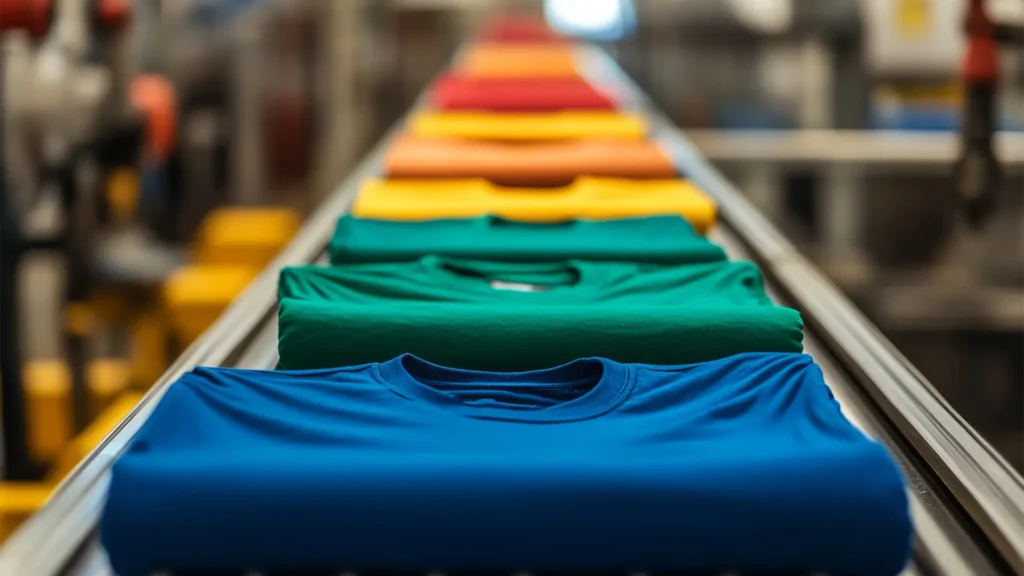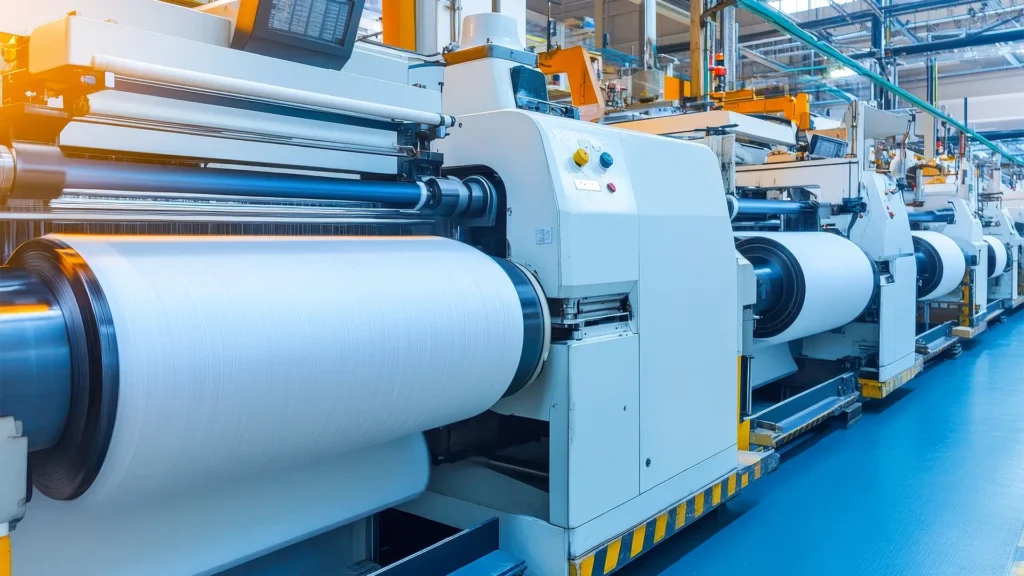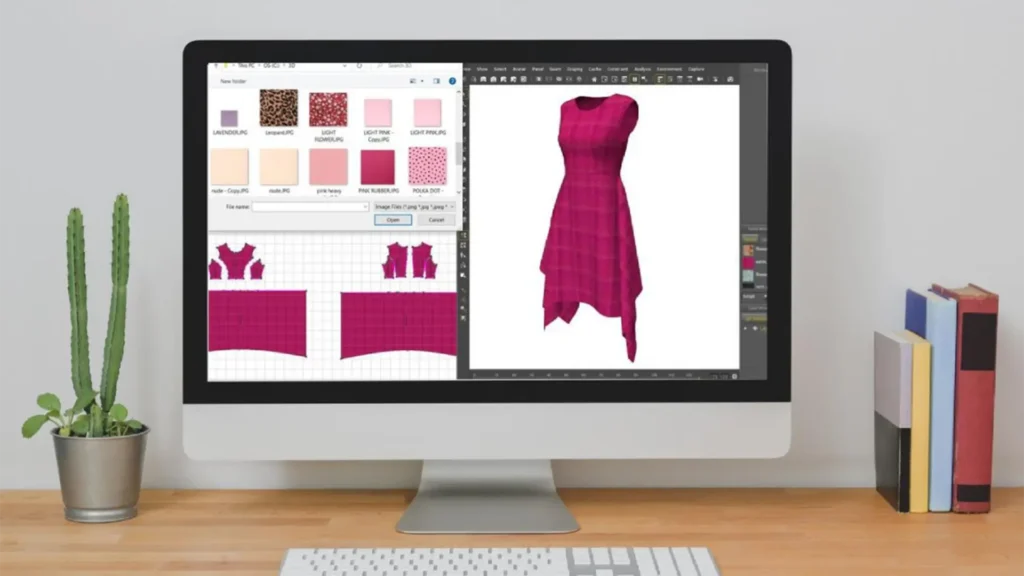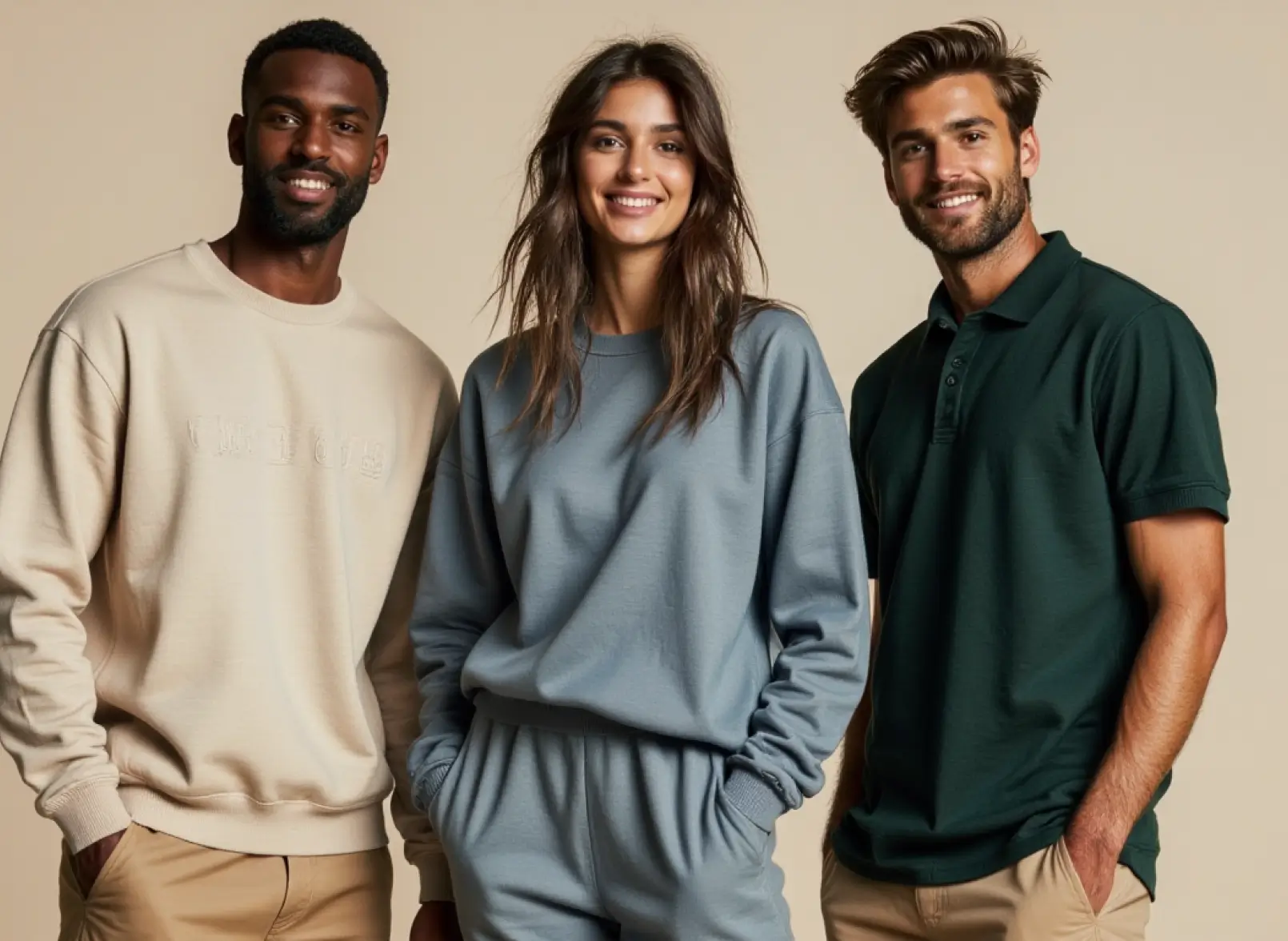What Will the Fashion Industry Look Like in 2030?
By 2030, the fashion industry will be fully integrated with AI, blockchain, and sustainable production technologies, reflecting key trends in the global fashion industry. Innovative fabrics, circular fashion, and localized manufacturing will become the norm in the changing consumer landscape. Companies prioritizing innovation, transparency, and personalization in their apparel brand will lead the market.
What is the future of clothing manufacturing?
The future is driven by AI automation, sustainable production, and digital innovations that improve efficiency and reduce waste, reshaping the state of fashion.
How can brands reduce manufacturing costs while maintaining quality?
By leveraging AI-driven automation, localized production, and on-demand manufacturing, brands can cut costs while ensuring high-quality output in the competitive apparel industry.
What are the benefits of sustainable fashion for manufacturers?
Sustainable practices reduce waste, lower production costs, improve brand reputation, and attract changing consumer preferences for eco-conscious products.
How can custom clothing manufacturing help new brands succeed?
Custom manufacturing allows startups to launch with low MOQs, minimize risk, and offer unique, personalized products that stand out in the market.
How can I find a clothing manufacturer that follows the latest trends?
Platforms like Maker’s Row help brands connect with verified manufacturers specializing in AI-driven production, sustainable fabrics, and digital textile innovations, enhancing the fashion e-commerce landscape.




